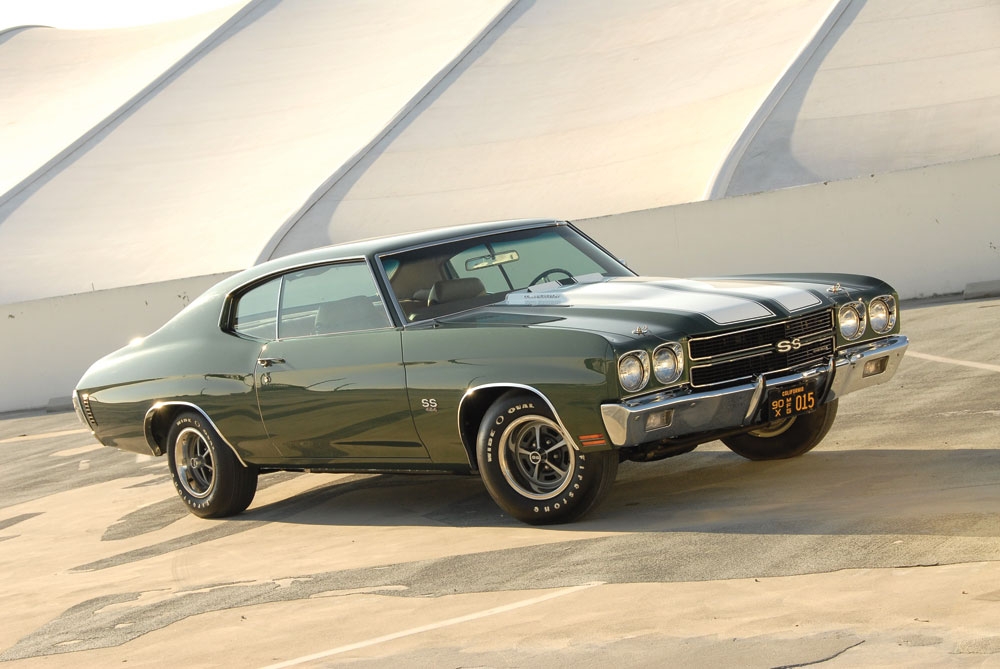Chassis Number: 136370B127012
For a short time, the Chevrolet Chevelle LS6 represented the pinnacle of General Motors performance and stood alone as the only vehicle in history to take GM’s top horsepower rating over the Corvette. With a factory-advertised 450 horsepower at 5,600 rpm and 500 ft-lbs of torque at 3600 rpm, it was also the highest-output Chevelle ever offered.
Known as the “Pilot Car,” this particular 1970 Chevelle 454-ci Turbo-Jet LS6 is the earliest known and documented of 4,475 RPO LS6 models produced. A GM executive ordered the LS6 coupe as his zone demonstrator in October 1969 and was told by Baltimore plant manager Earl Prentice that he was to receive the first one built there. The Chevelle LS6 was completed on December 9, 1969, with the words “Pilot job” and “If it had wings it would fly” handwritten on the build sheet.
Documentation for this car includes two build sheets, Protect-O-Plate information and the entire owner history. It is highly optioned and features a complete “born in” driveline. In 2010, it received a concours-level restoration to its correct assembly-line condition by MuscleCar Restoration and Design, one of the top Chevelle LS6-focused restoration shops in the United States. It was subsequently featured on the cover of the March 2011 issue of Muscle Car Review magazine. Since restoration, the LS6 has been driven only one mile.

